|
Diana Romero
10/23/2018 06:29:00 pm
I am just starting my seeds indoors for lettuce and carrots. I have three tomato plants that still have fruit on them. Should I let the tomatoes finish out their growth before I clean out the vegetable bed and prepare for the cold weather vegetables. ?
Reply
10/24/2018 12:43:28 pm
Hi, Diana -- First thing, get those carrots outdoors and into the prepared bed where they'll grow to maturity. Their long tap root (even if you're growing the stubby varieties like Romeo or ShortStuff) needs to be able to reach down straight, and so they don't transplant well. Since they take up to 3 weeks to germinate, get that bed prepared and transfer the carrot seeds in their potting mix. Regarding tomatoes and lettuce and other cool-season veggies, it's up to you. You can either let those tomatoes mature (which I don't find worth it relative to what I can buy at farmers markets) or remove them and prepare the bed for cool season. i prefer the latter since cool-season veggies thrive in the coolness, as opposed to the tomatoes struggling.
Reply
Leave a Reply. |
Categories |

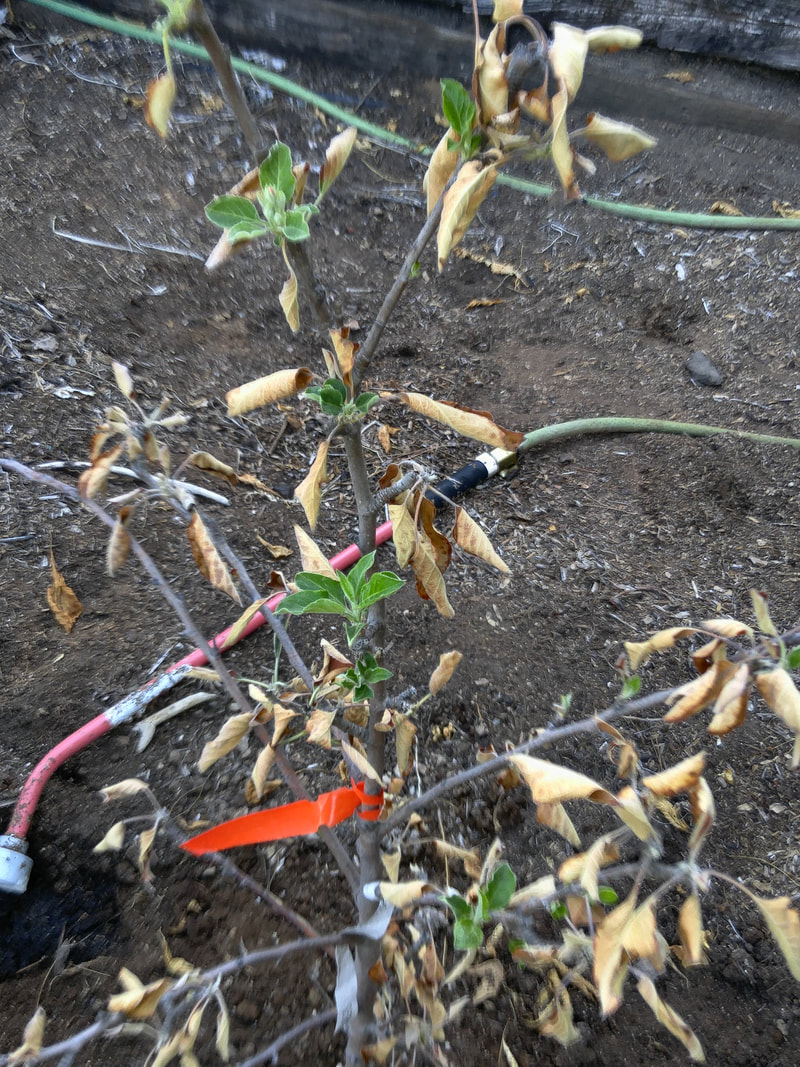
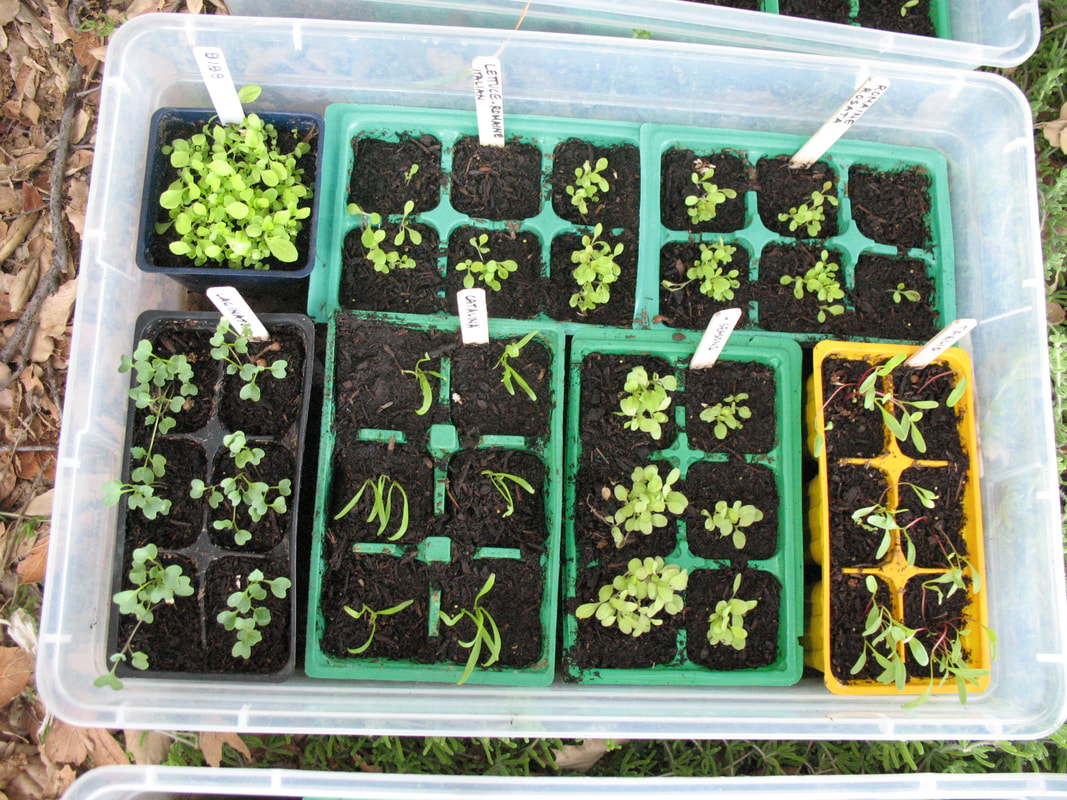
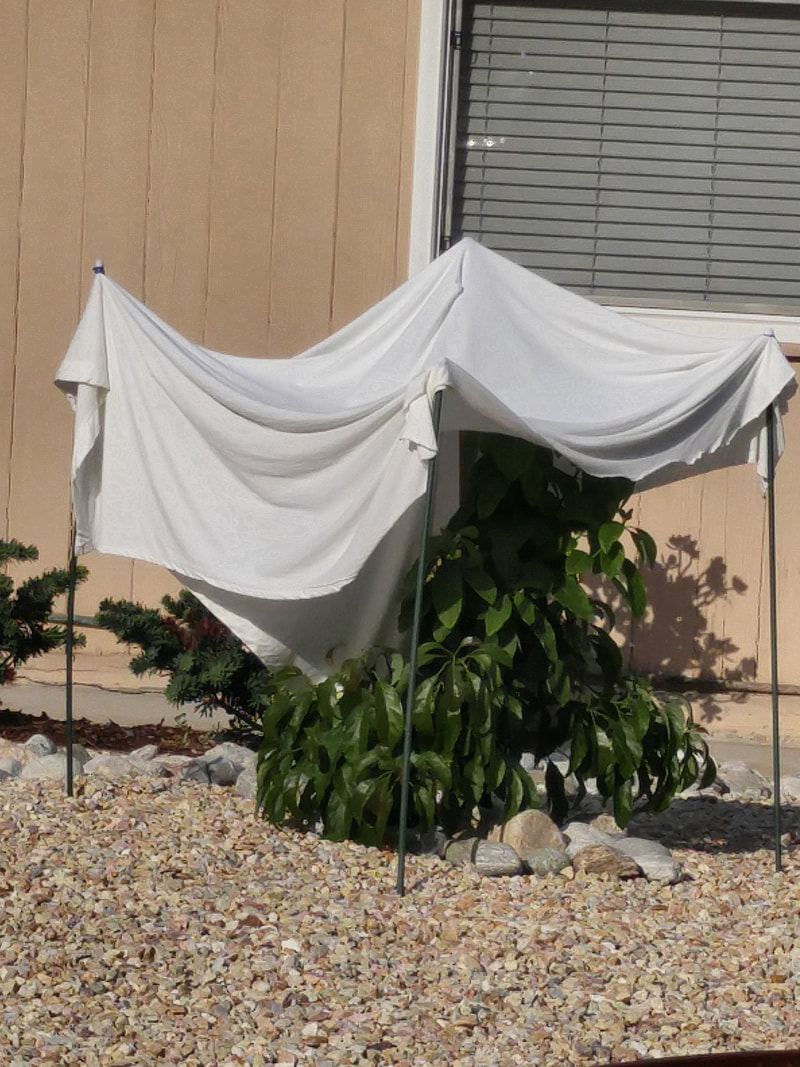
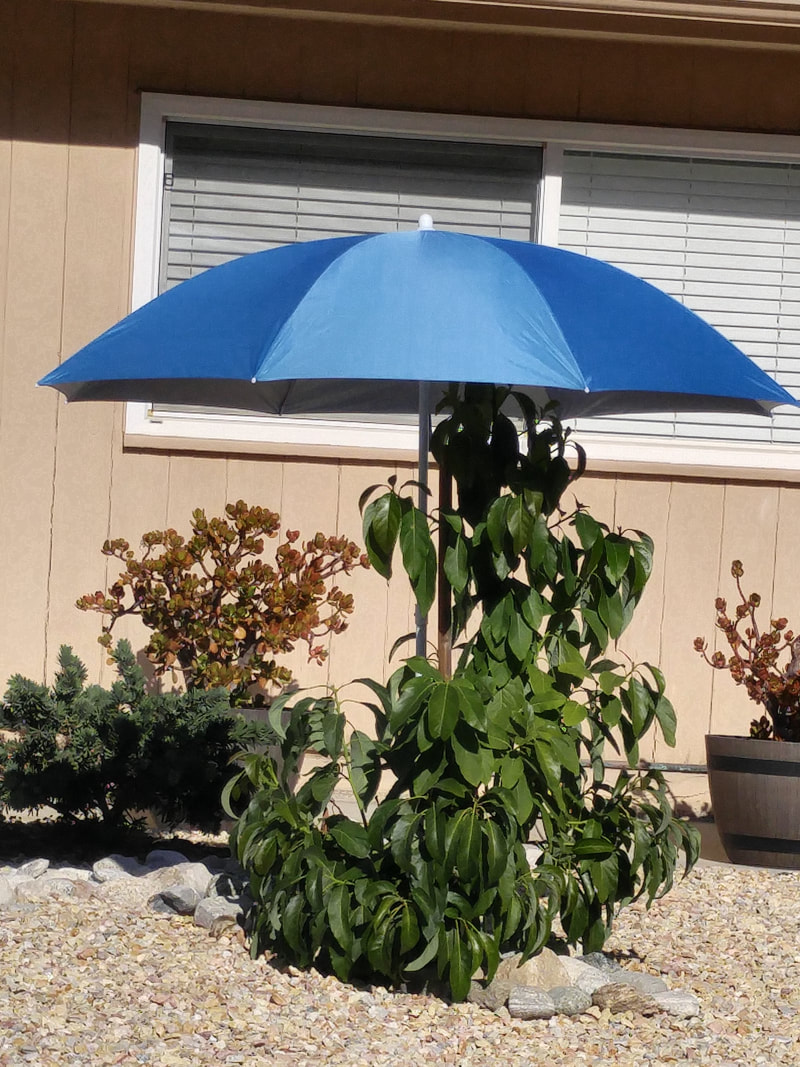
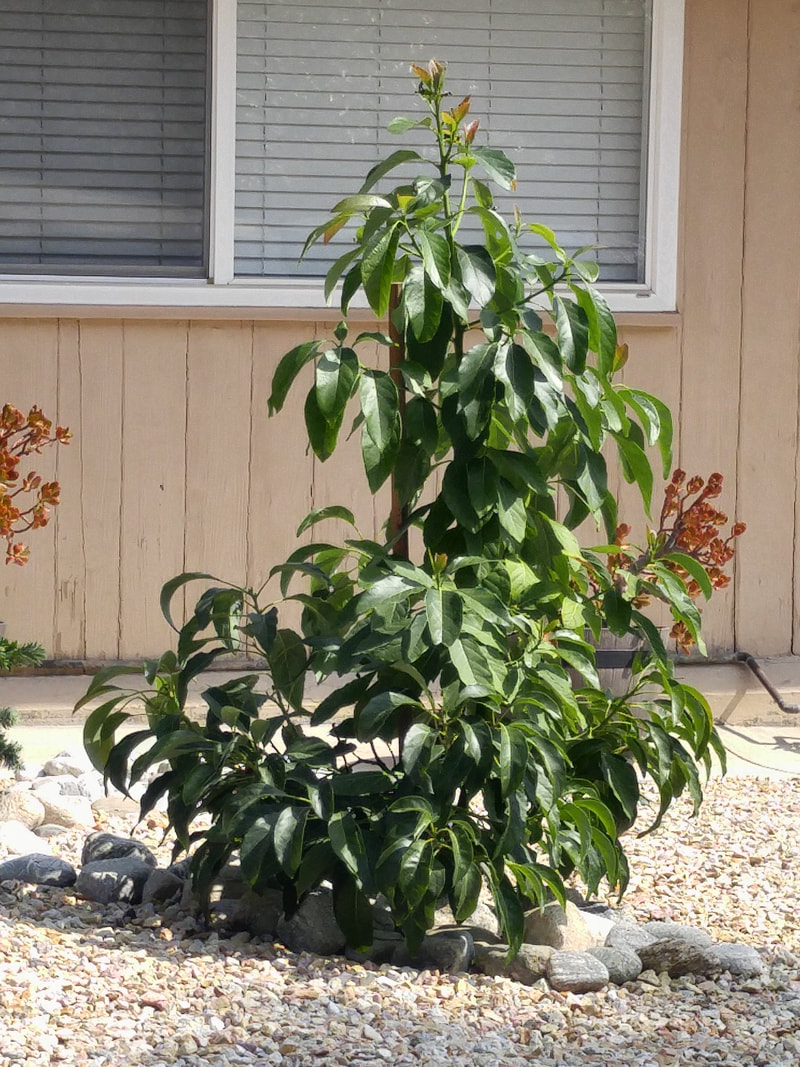
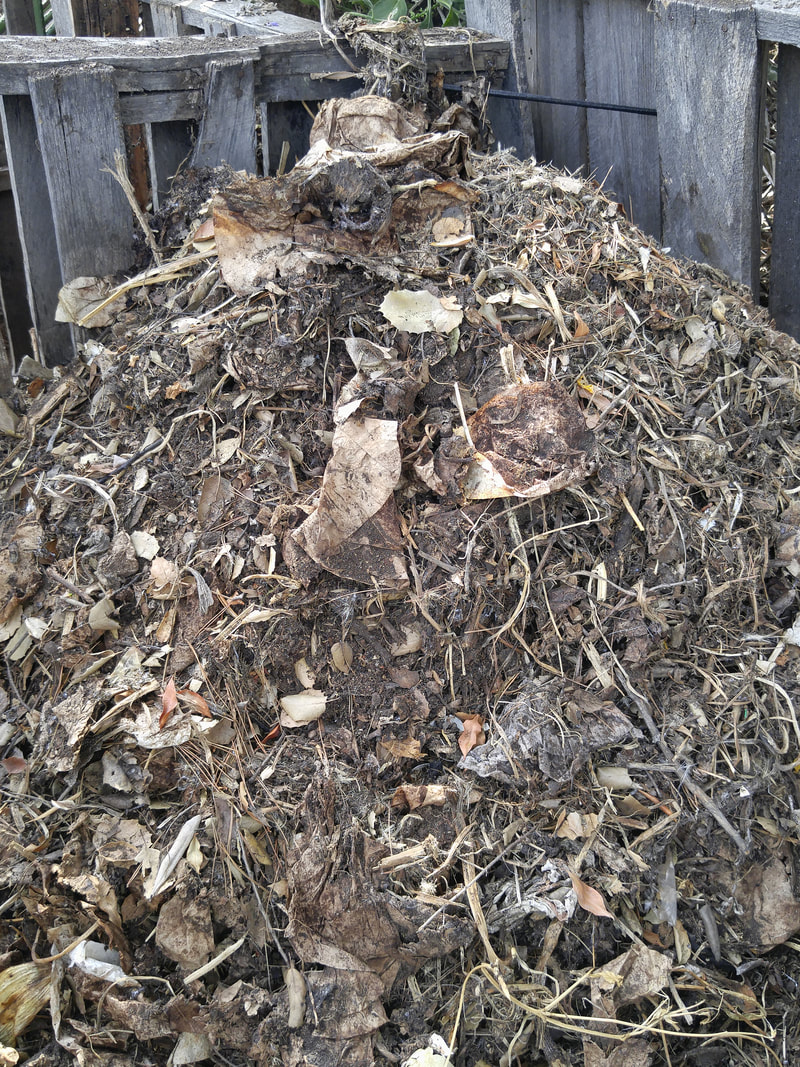
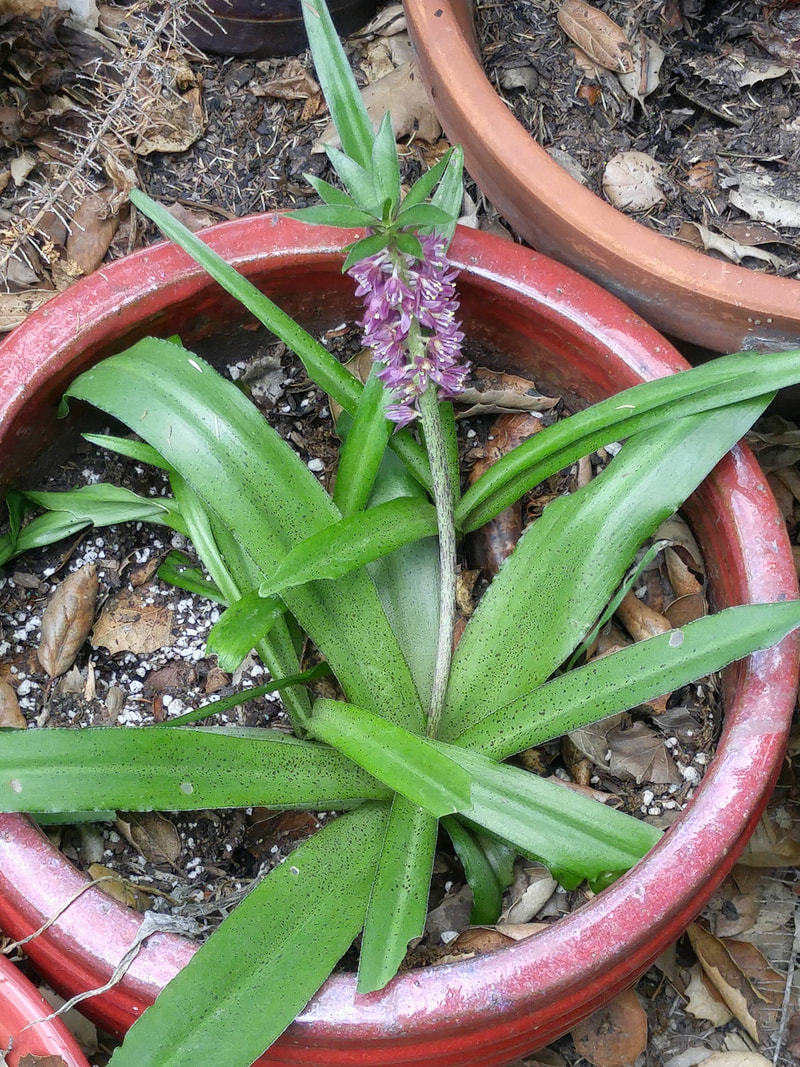
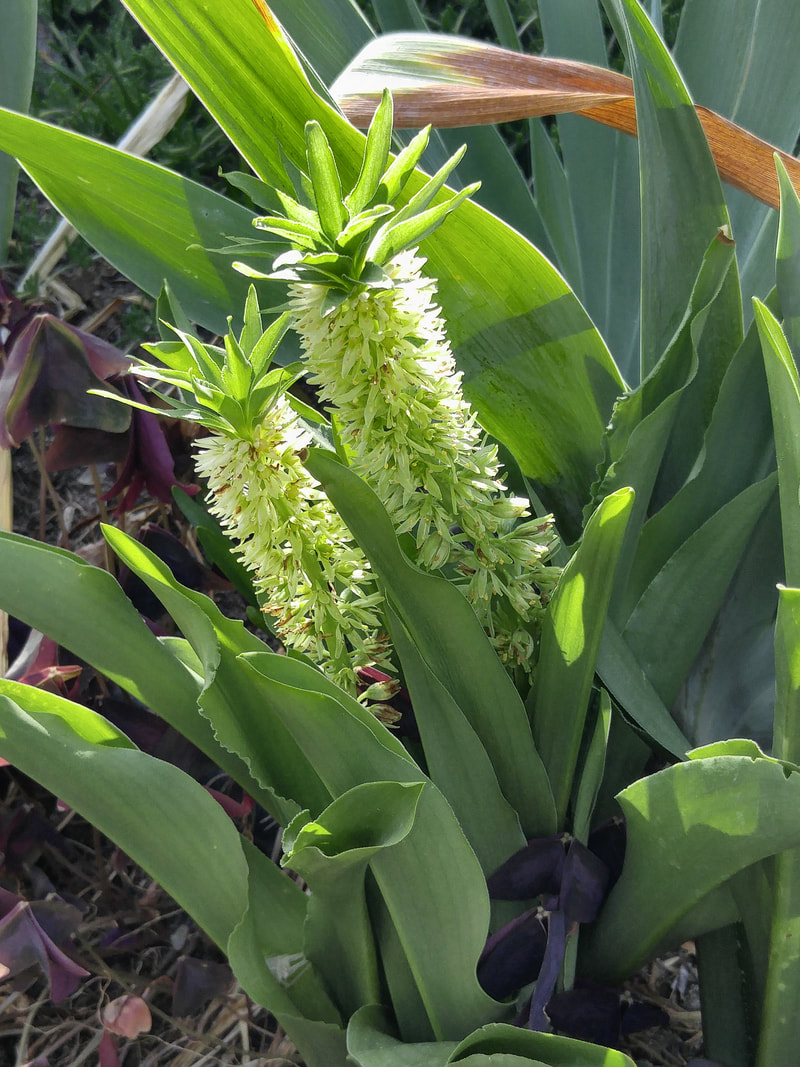
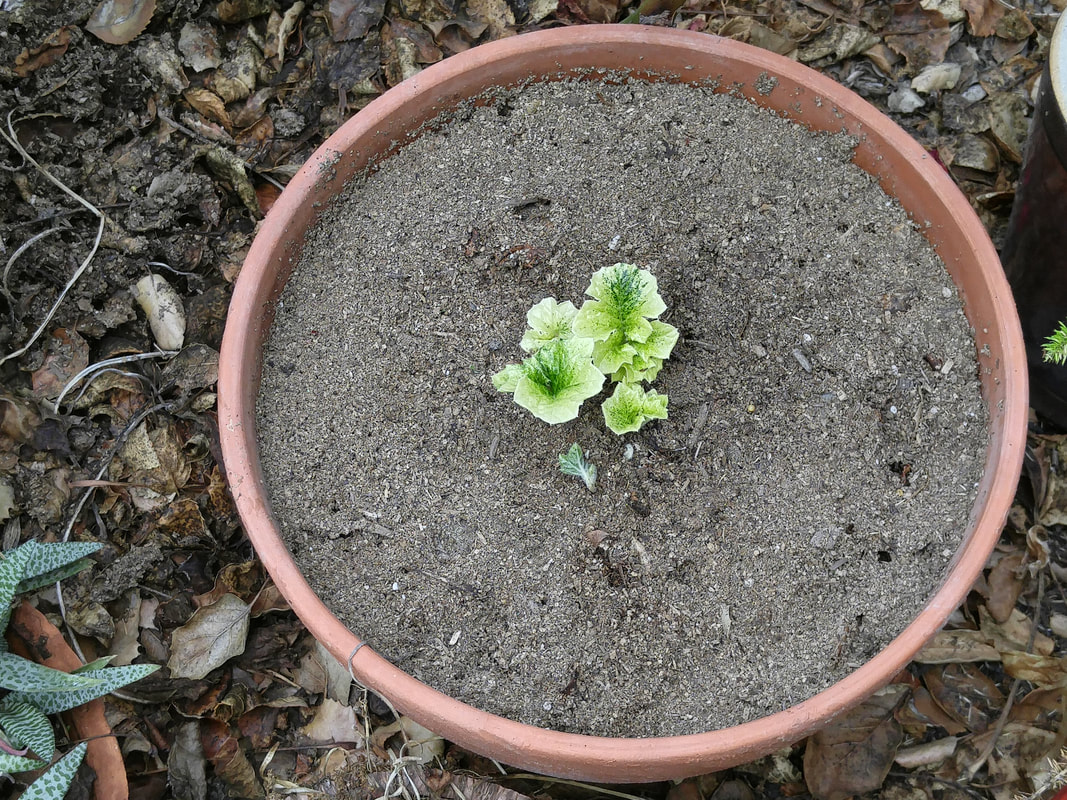
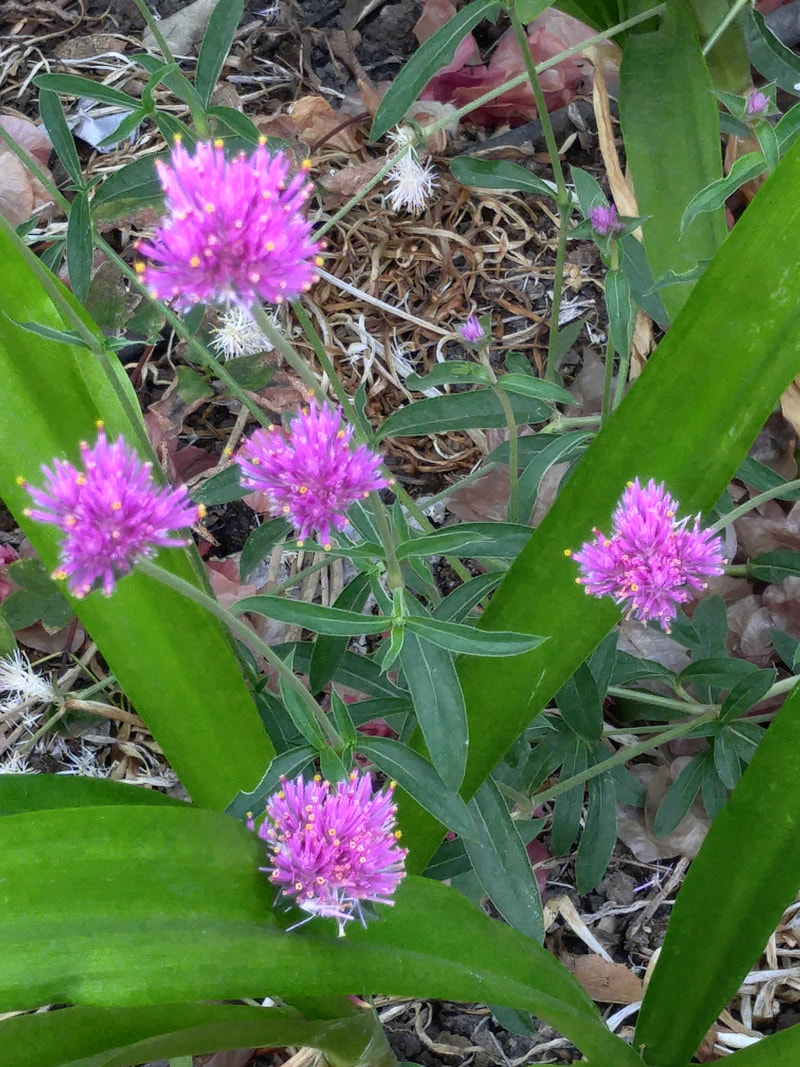
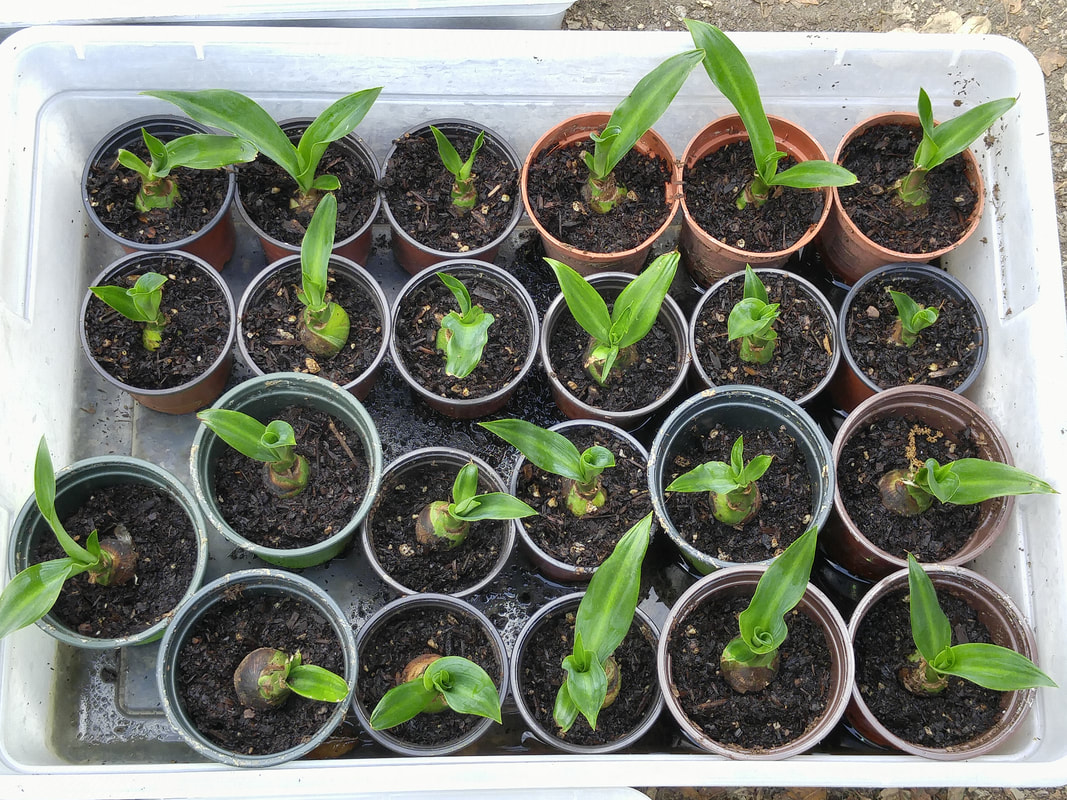
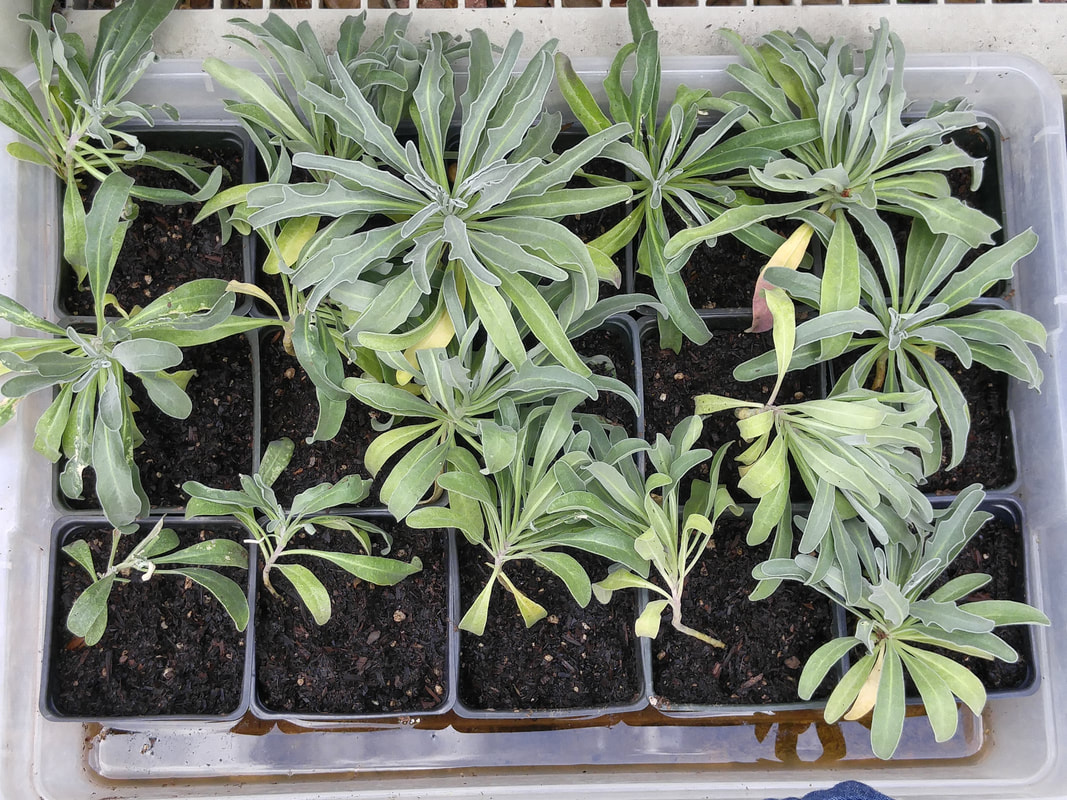
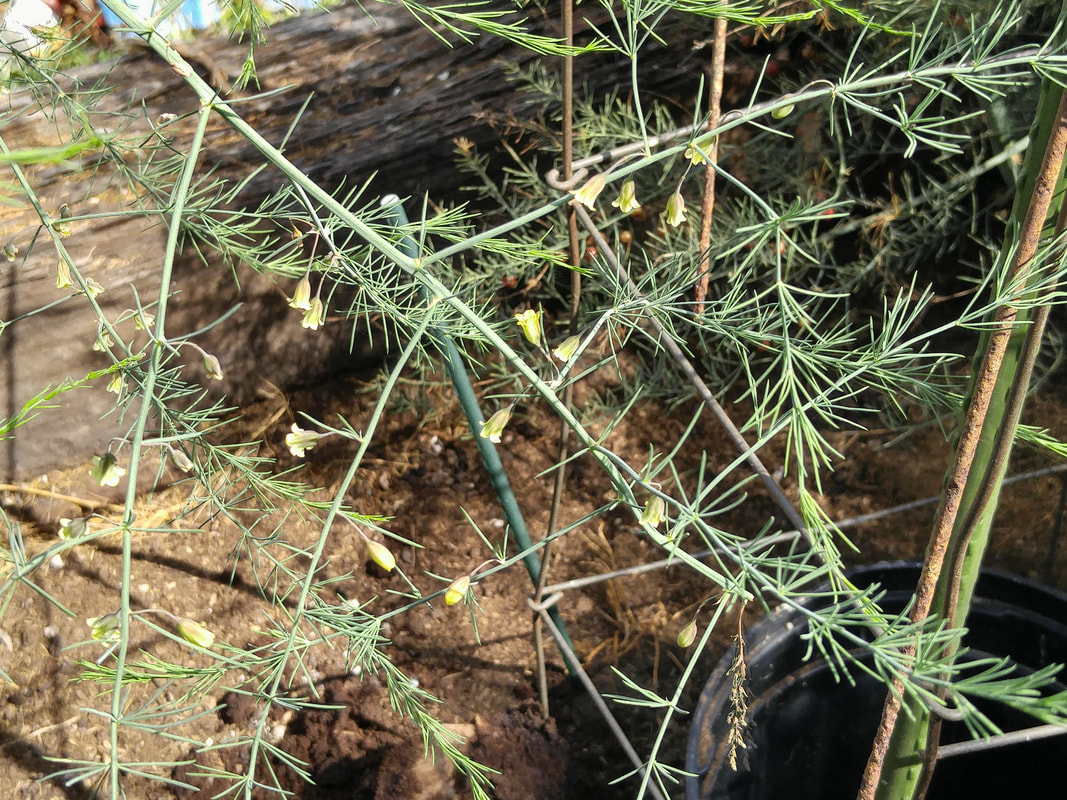
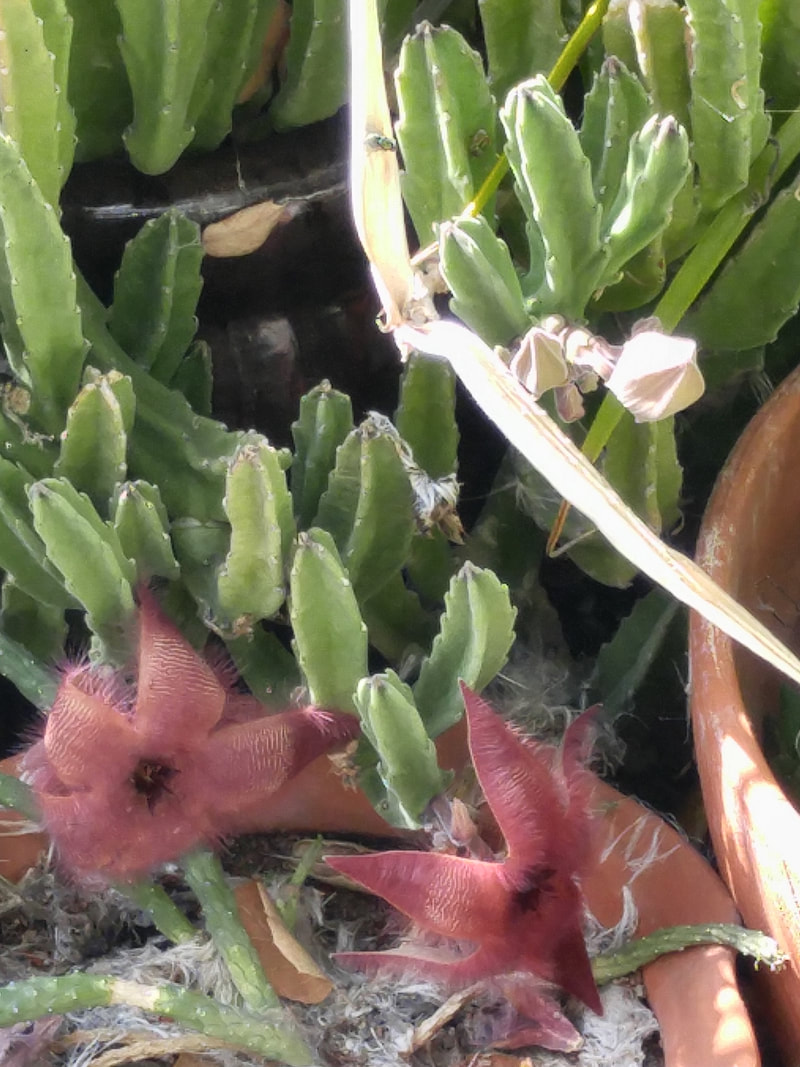
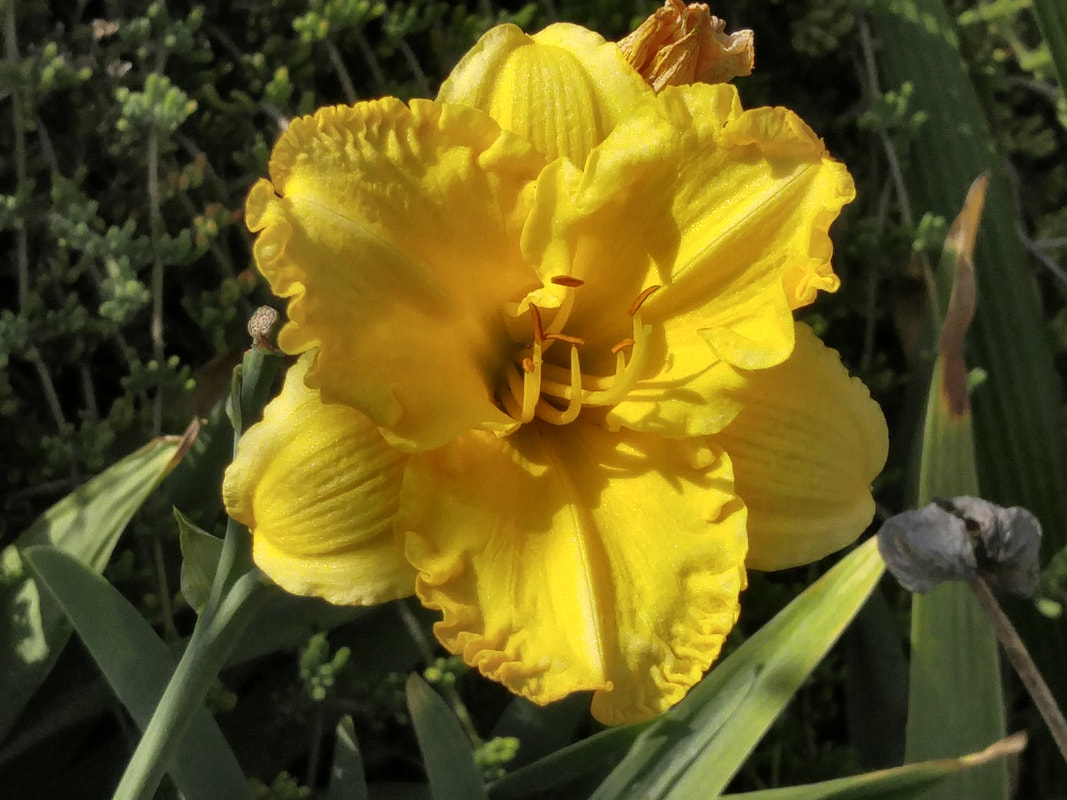
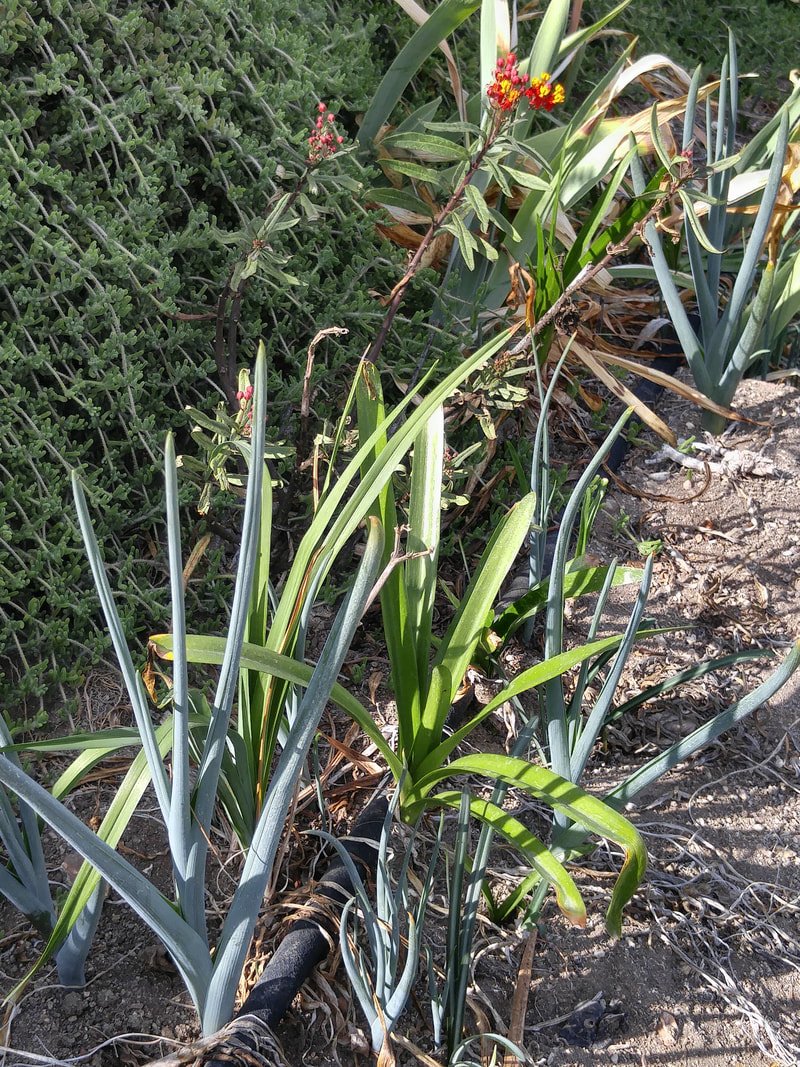
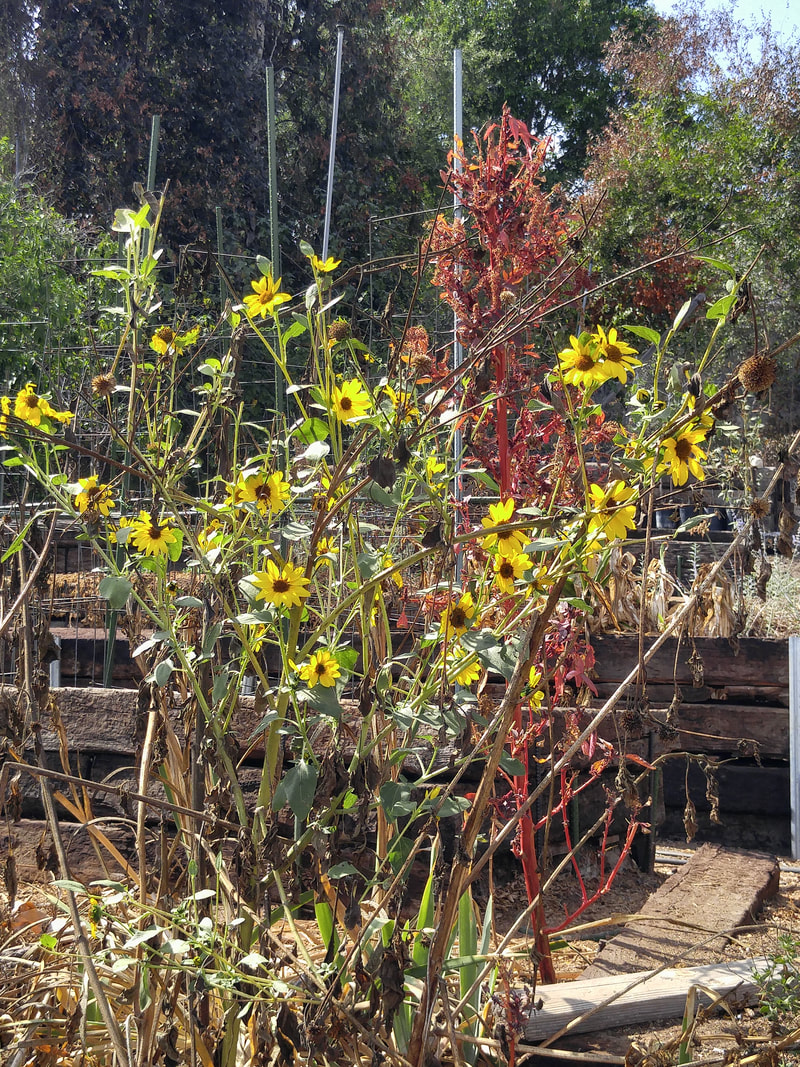
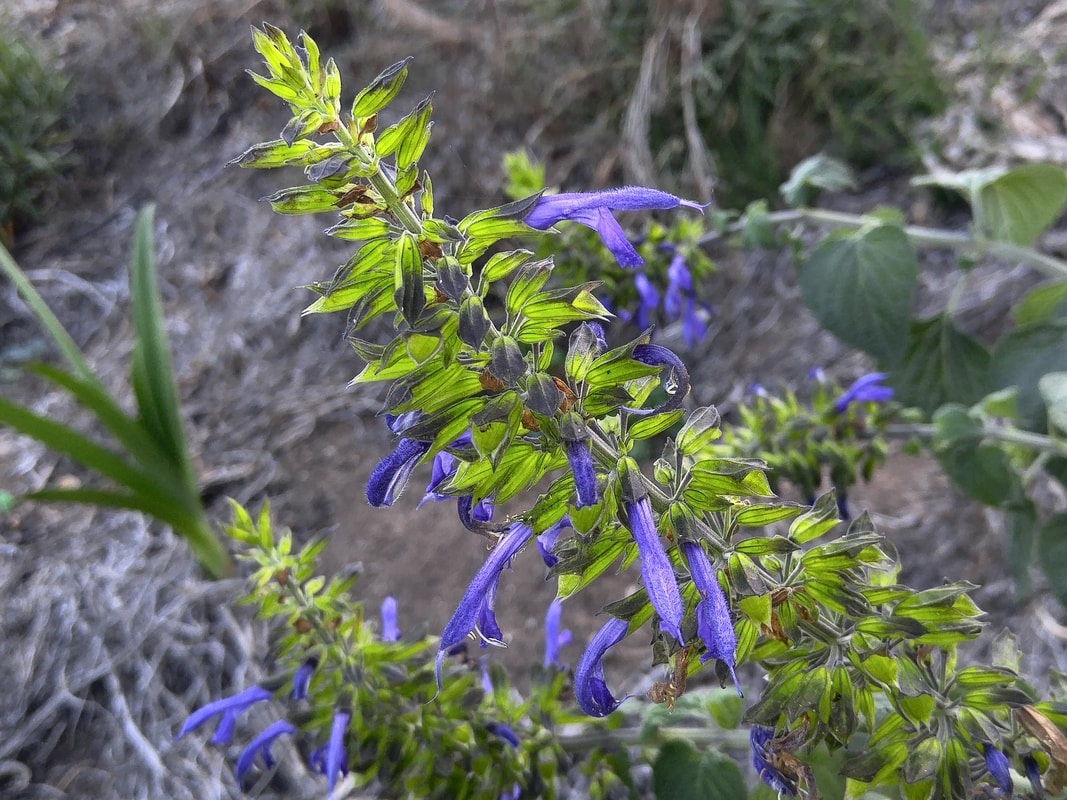
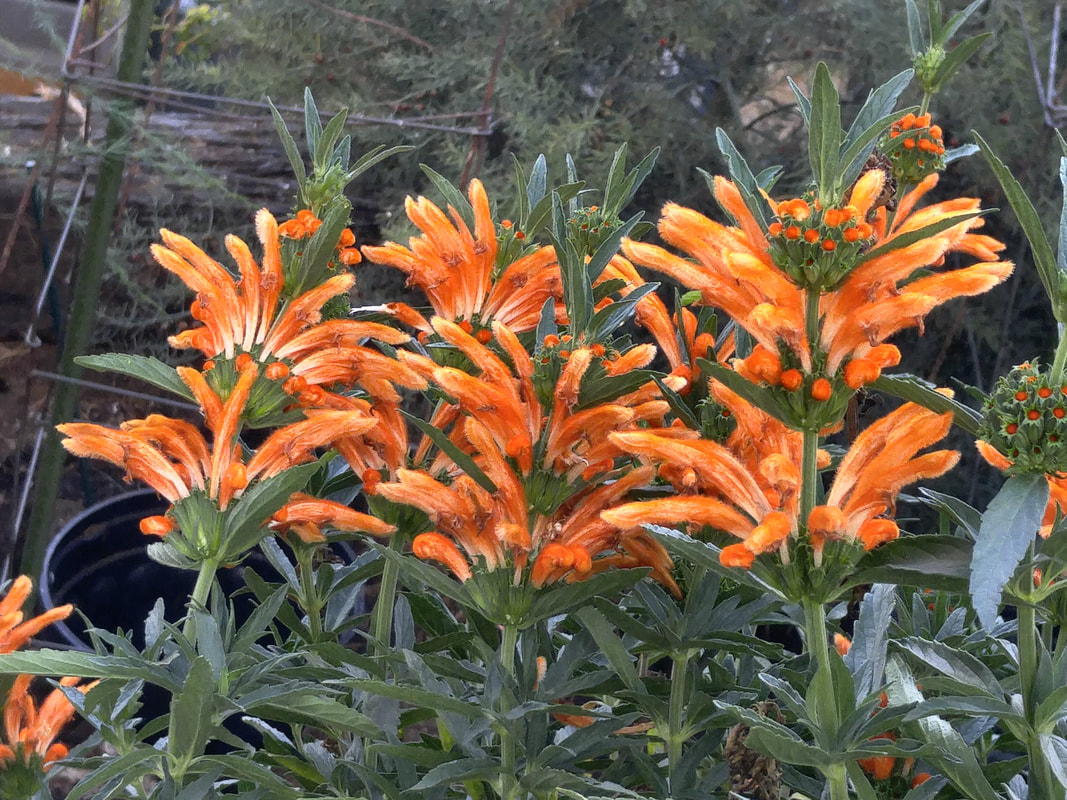
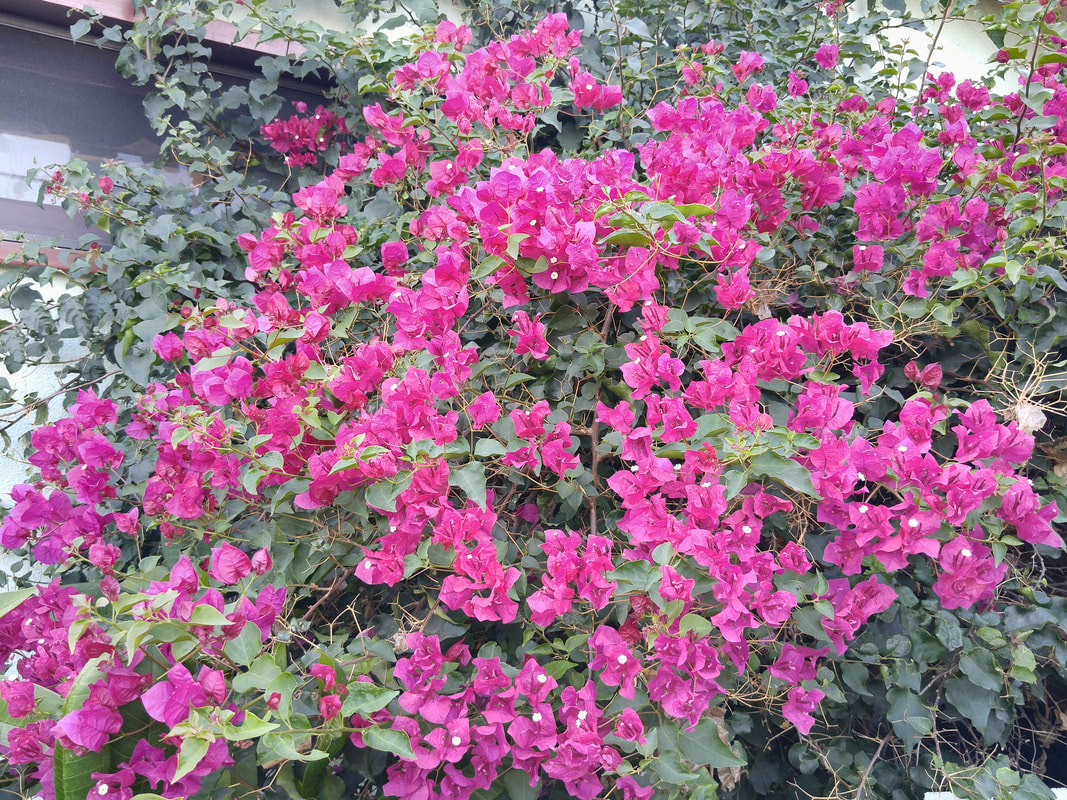
 RSS Feed
RSS Feed